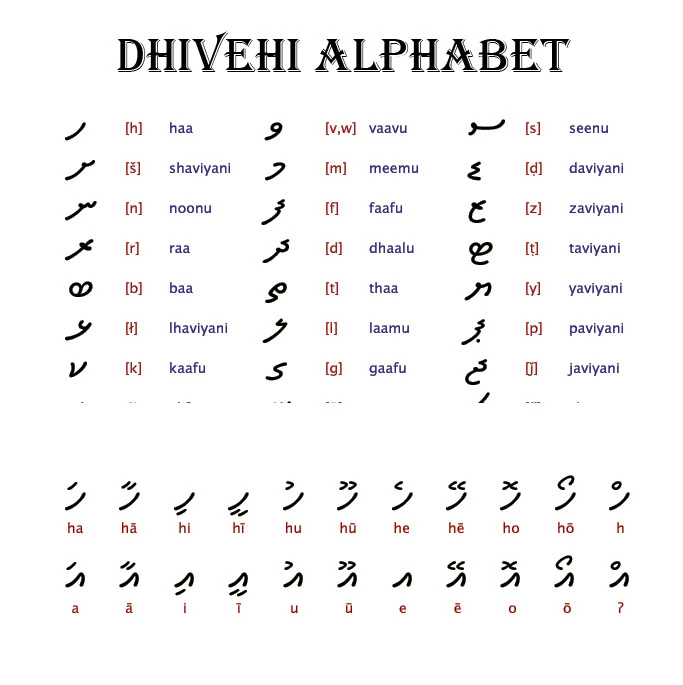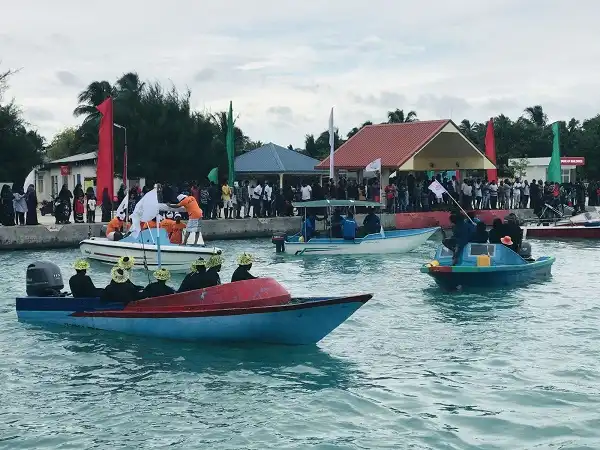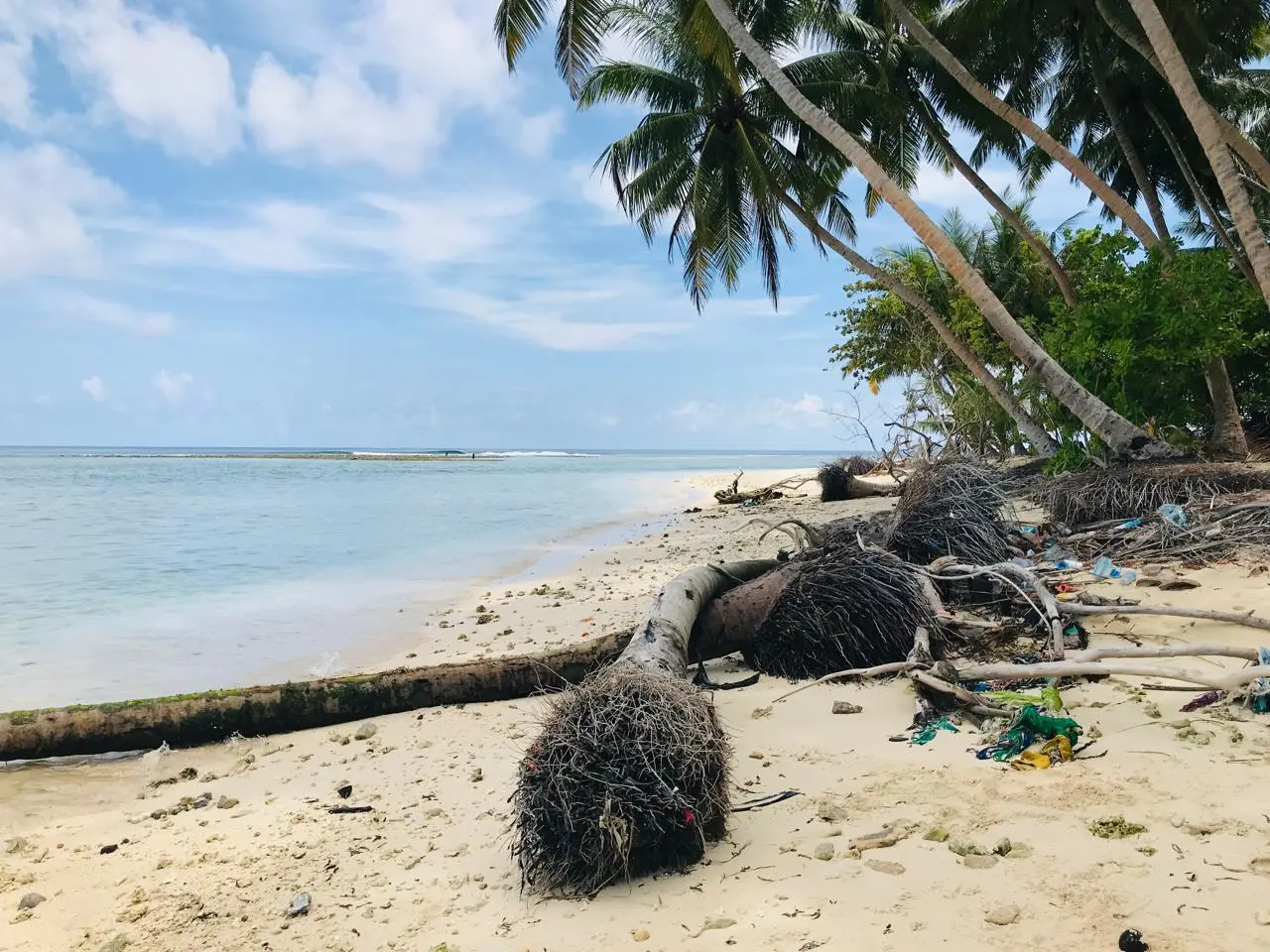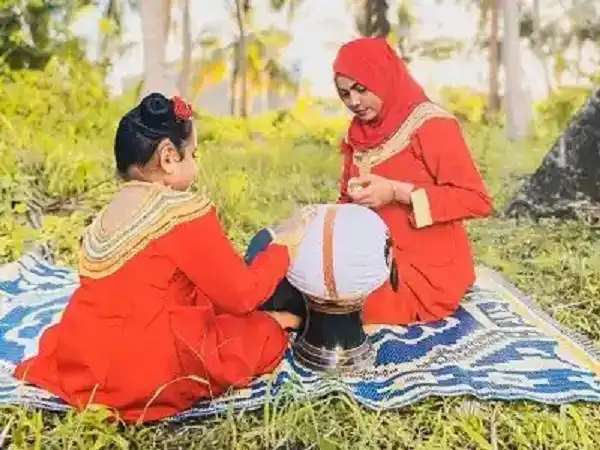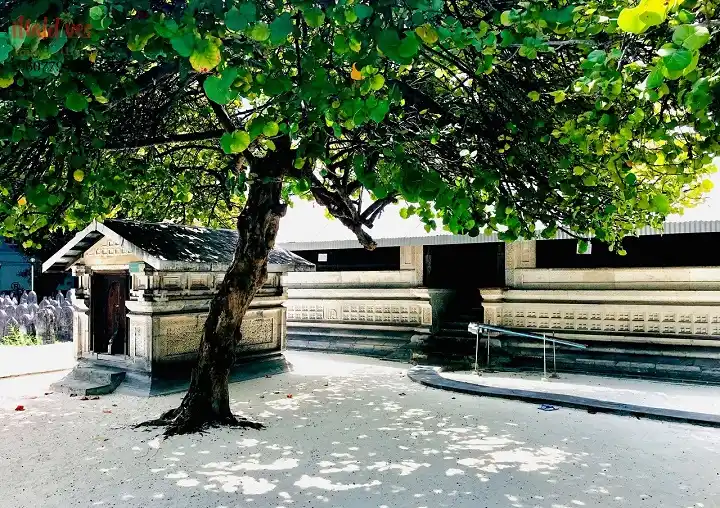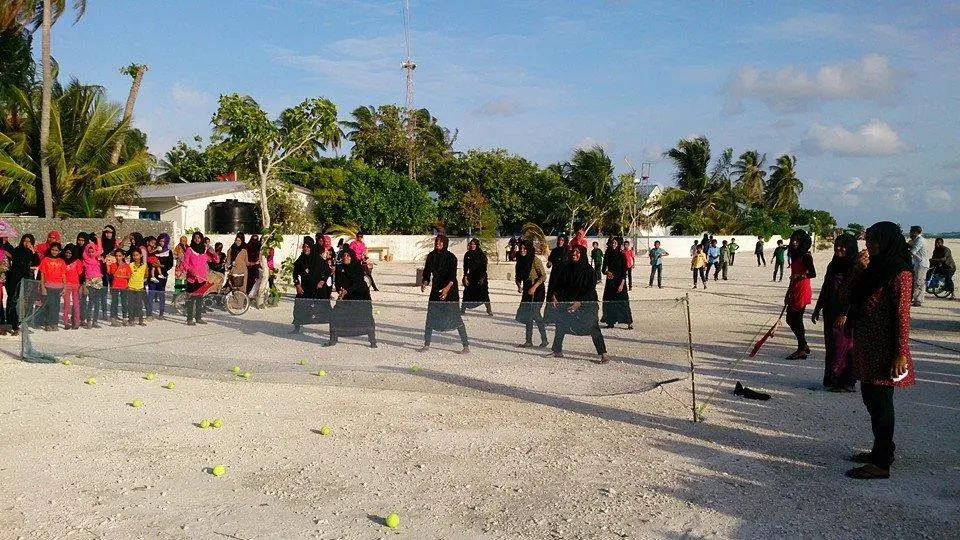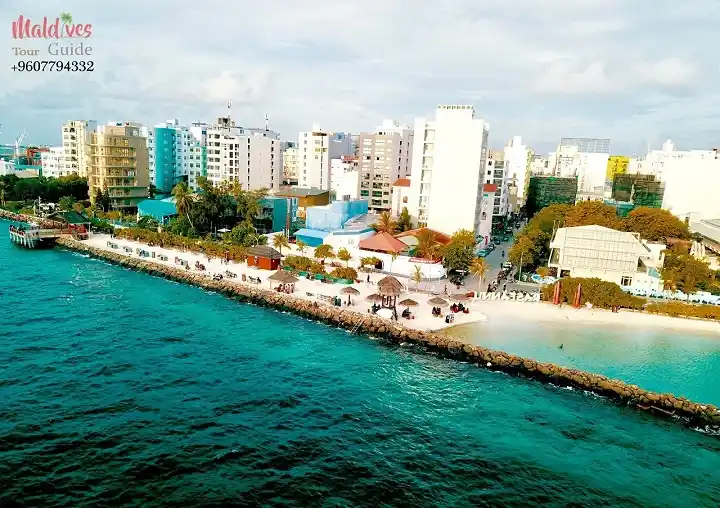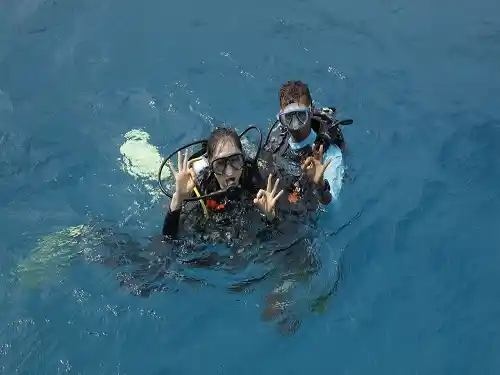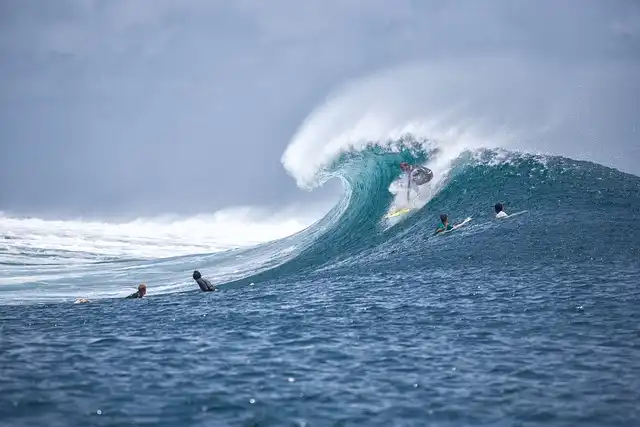The People of the Maldives: A Cultural Tapestry of Resilience and Tradition
Nestled in the turquoise waters of the Indian Ocean, the Maldives is renowned for its stunning coral reefs, crystal-clear waters, and luxurious resorts. Yet, beneath the surface of this tropical paradise lies a vibrant and diverse culture shaped by its people—the Maldivians.
Quick Navigations (Topics covered in this guide)
A Diverse Heritage
The Maldivian people, or Dhivehis, are a unique blend of various cultural influences. Historically, the Maldives has been a crossroads of trade and migration. Its population is a melting pot of South Asian, Arab, and African heritage, with influences from India, Sri Lanka, and even the Swahili coast. This rich history is reflected in the Maldives' customs, language, and traditions.
Subgroups
Main group
There are almost 250,000 members of the primary group. This tribe lives in the many atolls in the Maldives that go from Haddhunmathi (Laamu) to Ihavandhippolhu (Haa Alif). They make up more than 70% of the whole. This group also includes the third category on a broader scale. This group gives rise to the standard dialect of the Maldives language, which is spoken in the central atolls and in Malé, the capital of the Maldives. Speaks in dialects throughout the remaining islands, extending as far north as Laamu Atoll.
Southern group
Huvadhu, Fuvahmulah, and Addu atolls, the three southernmost atolls in the equatorial zone, are home to the southern group. This group, which makes up about 20% of the total, is estimated to number 60,000. This area was home to the oldest known settlements. In terms of language and ethnicity, this group of Maldivians is the closest to the original Maldivians. The Huvadhu dialect, Mulaku dialect, and Addu dialect are the three distinct forms of the Maldivian language spoken in the three atolls. These dialects differ greatly from one another and are closer to the original language.
Minicoy
About 10,000 individuals live in Minicoy (Malikun) – Mahls. The northernmost group of the Maldivian atolls is Minicoy island, which is located at its northernmost point. They account for 3% of the whole. They share the same linguistic and ethnic makeup as the main group. Instead, what sets them apart are their political views and their more recent ties to India. The acculturation process of the Minicoians is proceeding steadily. This tribe speaks a unique dialect known as the Maliku dialect, or Mahl, which contains Malayalam influences and some characteristics of an ancient Maldivian. The main Maldivian group can understand the dialect.
Language and Communication
The primary language spoken in the Maldives is Dhivehi, an Indo-Aryan language with roots in Sanskrit and influenced by Arabic and English. Dhivehi, written in the unique Thaana script, is more than just a means of communication—it's a key element of Maldivian identity. English is also widely spoken, particularly in tourist areas and among the younger generations.
Traditional Life and Society
Maldivian society is traditionally organized around extended families and communities. The social fabric is tightly knit, with family bonds and communal support playing crucial roles in daily life. The Maldives has a matrilineal heritage, where lineage and inheritance are often traced through the female line, a unique feature in a region where patriarchal systems are common.
The traditional Maldivian way of life is deeply connected to the sea. Fishing has been a cornerstone of the Maldivian economy and culture for centuries. This maritime connection is reflected in the Maldivians' daily routines, festivals, and even their cuisine. The traditional wooden dhoni boats, used for fishing and transportation, are iconic symbols of the Maldivian way of life.
Cultural Expressions and Festivals
The Maldivian calendar is punctuated by vibrant festivals and cultural events. One of the most significant is Eid, celebrated by the Muslim majority with feasts, prayers, and community gatherings. The Maldives also hosts the annual "Maldives Traditional Dance Festival," where traditional dances such as Bodu Beru, a form of drumming and dance, are performed. These festivals provide a window into the Maldives' rich cultural heritage and the enduring traditions of its people.
The Maldivian population is a reflection of its strategic location along ancient trade routes. The Maldives' cultural landscape is a unique blend of South Asian, Middle Eastern, and African influences, thanks to centuries of trade and migration. Historical records and archaeological findings reveal that the Maldives was an important center for trade between the Indian subcontinent, Arabia, and East Africa.
Craftsmanship and Art
Maldivian craftsmanship is known for its intricate designs and natural materials. Traditional crafts include weaving, wood carving, and lacquer work. The art of making 'Thundu Kunaa,' handwoven mats made from palm leaves, and 'Laccadive Craft,' decorative items made from coconut shells, are cherished traditions. These crafts not only serve functional purposes but also reflect the aesthetic sensibilities of Maldivian culture.
Challenges and Resilience
Despite its idyllic appearance, the Maldives faces significant challenges. Climate change poses a severe threat to this low-lying nation, with rising sea levels endangering its very existence. The Maldivian people have shown remarkable resilience in the face of these challenges. The government and various organizations are actively engaged in environmental conservation and sustainability efforts, reflecting the community's deep connection to their land and sea.
Modern Influencesn
In recent years, globalization has brought about changes in Maldivian society. The influx of tourism has introduced new lifestyles and economic opportunities but has also posed challenges related to cultural preservation and environmental sustainability. As the Maldives navigates these changes, its people continue to balance modernization with the preservation of their cultural heritage.
Traditional Society and Family Structure
Maldivian society is traditionally organized around the concept of extended families and close-knit communities. The familial structure is deeply rooted in a sense of mutual support and collective responsibility. Extended families often live in close proximity, and family members maintain strong bonds through regular gatherings and communal activities.
A notable aspect of Maldivian society is its matrilineal inheritance system. Traditionally, property and familial lineage are traced through the maternal line, a practice that stands out in a region where patriarchal systems are more common. This matrilineal system influences various aspects of Maldivian life, including family dynamics and social organization.
The Maritime Connection
The Maldives' geographical location has fostered a deep connection between its people and the sea. Fishing is not just a livelihood but a cultural cornerstone. The traditional Maldivian fishing method, known as "pole and line fishing," is a sustainable practice that has been passed down through generations. This method is not only vital for the local economy but also plays a role in preserving the marine ecosystem.
Traditional dhoni boats, handcrafted from wood, are iconic symbols of Maldivian maritime culture. These boats are used for fishing, transportation, and even ceremonial purposes. The dhoni's design and construction reflect the ingenuity and craftsmanship of Maldivian artisans.
Population
TThe population of the Maldives has grown quickly over time. With a life expectancy of 78 years, there were about 345,000 people living in the Maldives in 2013. The Maldives' population has doubled over time as a result of the nation's significant advancements. Similarly, Male, the capital city of the Maldives, is home to over 43% of the country's population. After the capital, Addu City and Fuvahmulah are the islands with the largest populations.
Ancient Settlements and Early Influences
The earliest settlers in the Maldives were likely from the Indian subcontinent, particularly from Tamil Nadu and Kerala. Archaeological evidence, including ancient pottery and tools, suggests that these early settlers established communities in the Maldives around 2,500 years ago. Their influence can still be seen in aspects of Maldivian culture, such as culinary traditions and certain aspects of social organization.
The introduction of Islam in the 12th century by Arab traders and missionaries marked a pivotal moment in Maldivian history. Islam became the state religion, profoundly shaping Maldivian society, culture, and governance. The Maldivians' adherence to Islam is a defining feature of their cultural identity, influencing their daily practices, festivals, and communal life.
Colonial Era and Modern Influences
European colonial powers, including the Portuguese, Dutch, and British, had varying degrees of influence on the Maldives. The Portuguese occupied the Maldives briefly in the 16th century, but their impact was limited. The Dutch, known for their trade networks, influenced the Maldives through commerce rather than direct colonization. The British, who established a protectorate over the Maldives in the 19th century, left a lasting impact on the islands' administrative and educational systems.
The mid-20th century saw significant changes with the advent of independence. In 1965, the Maldives gained independence from British rule, and in 1968, the country became a republic. These changes ushered in a period of modernization and development, which has continued into the 21st century.
Marriage and Gender Roles
Marriage is a significant institution in Maldivian society, often arranged by families to strengthen social ties and ensure compatibility. Traditional Maldivian marriages involve elaborate ceremonies and rituals, which vary across different regions and communities. The wedding ceremony typically includes a religious component, reflecting the importance of Islam in Maldivian life.
Gender roles in the Maldives have historically been defined by cultural and religious norms. While traditional roles often place men in public and economic spheres and women in domestic roles, contemporary Maldivian society is witnessing shifts in these dynamics. Education and economic opportunities are increasingly accessible to women, leading to greater gender equality in various aspects of life.
Eid Celebrations
Eid al-Fitr and Eid al-Adha are two of the most significant Islamic festivals in the Maldives. Eid al-Fitr marks the end of Ramadan, the holy month of fasting, and is celebrated with communal prayers, feasts, and social gatherings. Eid al-Adha, or the Festival of Sacrifice, commemorates the willingness of Ibrahim (Abraham) to sacrifice his son in obedience to God. This festival involves the ritual sacrifice of livestock, followed by communal meals and charitable activities.
Bodu Beru
Bodu Beru, which translates to "big drum," is a traditional Maldivian form of music and dance. This performance art involves drumming, chanting, and dancing, and is often accompanied by a large drum called the "Bodu Beru." The rhythms and movements of Bodu Beru are deeply rooted in Maldivian culture and are used to tell stories of historical events, legends, and everyday life. The performance is a vibrant display of Maldivian musical heritage and communal spirit.
Economic Growth and Tourism
The Maldives' economic growth has been significantly influenced by the expansion of the tourism industry. Luxury resorts, international hotels, and marine-based activities attract visitors from around the world. The influx of tourists has led to increased investment in infrastructure, including transportation, healthcare, and education.
However, the rapid growth of tourism has also raised concerns about its impact on local communities and the environment. Issues such as overdevelopment, waste management, and the preservation of cultural heritage have become important considerations. Balancing economic development with environmental conservation and cultural preservation is a key challenge for the Maldives in the 21st century.
Conclusion
The Maldivian people are at the heart of the nation's identity, embodying a rich and diverse cultural heritage shaped by centuries of history and adaptation. Their resilience in the face of modern challenges and their commitment to preserving their traditions reflect the enduring strength of their culture. As the Maldives continues to navigate the complexities of globalization and environmental change, the spirit of its people remains a testament to the beauty and resilience of their way of life. Through their traditions, craftsmanship, and communal bonds, the Maldivians continue to inspire admiration and respect, both locally and globally.
